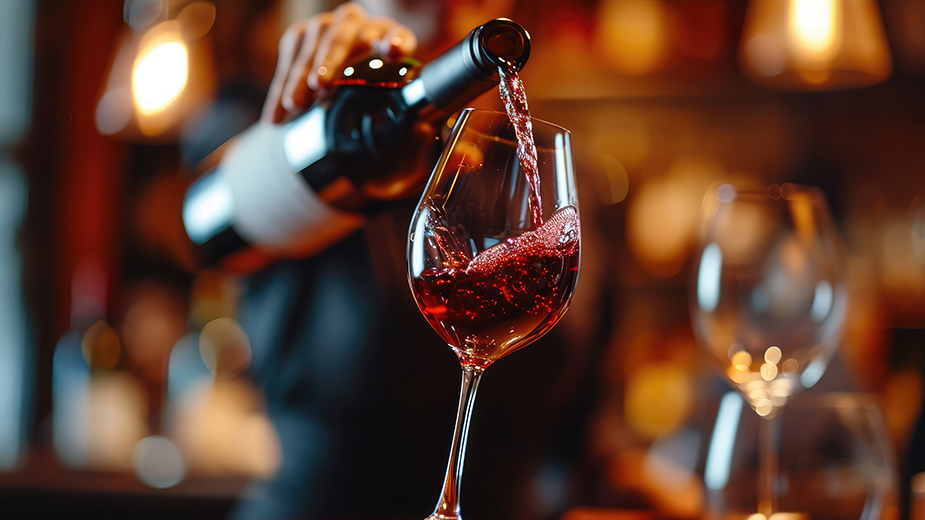Column | What Are Tannins and How Do They Affect Wine?
By Donniella Winchell
Executive Director, Ohio Wine Producers Association
GENEVA – Tannins are a group of bitter and astringent substances found naturally in many places.
They are in wood, bark, banana peels, leaves, tea, rhubarb, walnuts, cranberries, under-ripe fruit and surely in grapes, especially those with red skins.
From the list above, you can see that, alone, tannins can be quite unpleasant. Biting into an unripe piece of fruit is not a pleasant experience.
Their astringency made them useful as a preservative for native Americans when tanning animal hides.
However, when tannins are found in wine, primarily in red wines as a result of skin contact and fermentation, they become a part of the whole winemaking procedure, adding mouth feel, depth, longevity and character to finished wines.
Tannins are present in many, but not all, red wines.
To make a traditional red wine like cabernet sauvignon, grapes are picked and gently crushed. The pulp, including seeds and skins, is put into large, open vats or tanks with special paddles to mix the liquids. The winemaker adds a strain of high-quality wine yeast. The entire concoction is thoroughly mixed and is then known as “must.”
During the process that follows, nature takes over. Color is transferred from the skins and the conversion of natural grape sugars into alcohol begins. Depending on the variety of grape, and the stylistic decisions made by the winemaker, the time of skin contact can last from a few hours to a week or more. Tannin is extracted from the seeds and skins during this initial phase of fermentation.
If high acid grapes are used, tannins are accentuated. Sweetness helps soften the impact of tannins in some lighter wines. Since white wines are usually picked, crushed and quickly separated from their skins, white wines have extremely low, if any, tannins in the finished wine.
Along with alcohol and natural acidity, tannins act as a preservative and helps give red wines their long life. Those decades-old reds that sell for a fortune at auction were likely so tannic in their youth as to be undrinkable.
Tannin in the wine also affects smell and helps to provide a full “mouth feel.” Over time, either in a barrel or in the bottle or both, tannins soften, meld together with the many other components present and contribute mightily to what experts call “complexity.” That is the process by which those 50-year-old wines become both imminently drinkable and valuable.
Different grape varieties contain varying levels of tannin.
Cabernet sauvignon seeds and skins contain many more tannins than those of a lighter variety like merlot. If you drink either of those wines, think about how they taste different from one another. The “cab” is heavier, has more mouth feel and generally more complex. The merlot is lighter with more fruit “up front.” Check the label – you will see that the cab is probably older than the merlot.
As one begins to enjoy wines of every style, understanding the role of tannins in the process of making fine red wines helps enhance the overall journey of understanding these marvelous beverages, regardless of their style or price.
Copyright 2024 The Business Journal, Youngstown, Ohio.



